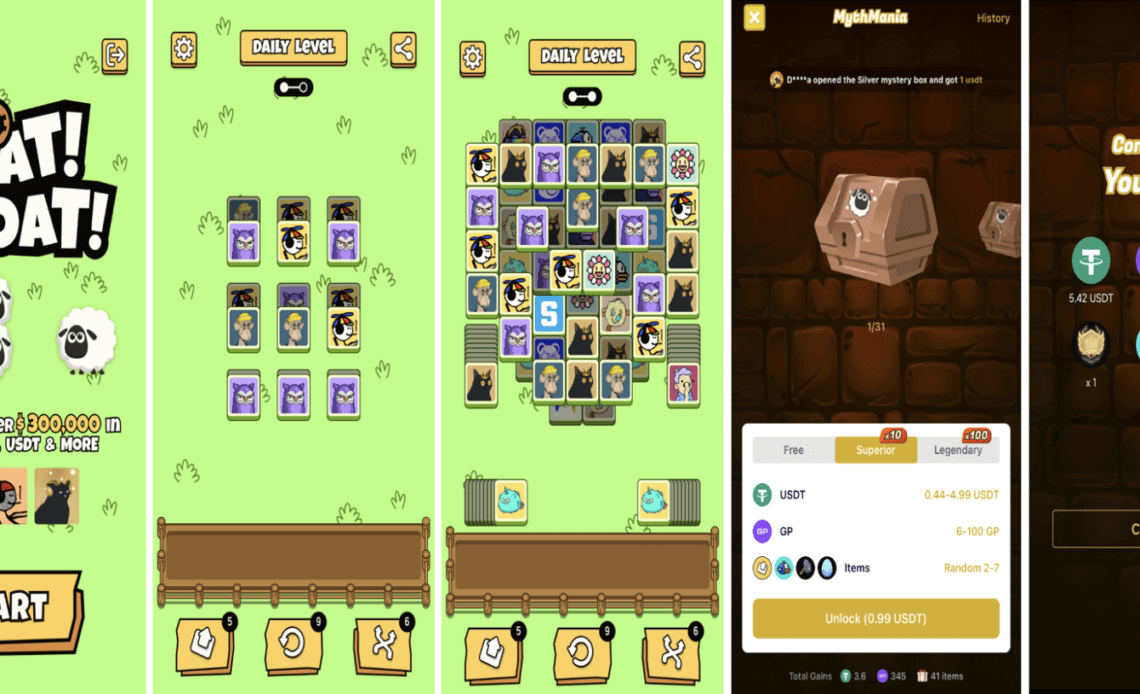2022 was the most important year for GameFi’s development. The innovation from play-to-earn to X-to-earn model together with the influx of capital raising and users rushing into Web 3.0 has forged the glory of Web 3.0 gaming.
It’s inevitable to say that when the bear market arrived, the GameFi sector also was affected on some level. Nevertheless, the Web 3.0 gaming market continues to be one of the fastest-growing segments of Web 3.0, with an average number reaching up to 800,000 active unique wallets per day in some periods.
Recently, Game Space has teamed up with Splinterlands, ImmutableX and Big Time to hold one of the largest Web 3.0 gaming tournaments the Player One tournament to bring up the hype of GameFi.
The tournament has created mass buzz for the GameFi sector, with over 200,000 Twitter engagements and more than 20,000 on-chain gamers participating in the 10-day tournament.
On top of that, Sky Vee a streamer with over 1.3 million total fanbase has also joined the tournament to compete and battle for the ultimate prize pool.
We can see that the love and passion of loyal Web 3.0 gamers are still active in the market, but after Axie Infinity as the representative GameFi version one has faded out from the audience’s eyes, the industry has become quiet and people have high expectations for AAA GameFi projects entering the scene.
Many of the top AAA Web 2.0 games including Zynga and Ubisoft, have once said to enter Web 3.0 but still haven’t taken any moves. This then leads to the question of why AAA games rarely can make it to Web 3.0.
Why do AAA games have difficulties entering Web 3.0
Michael Cameron, CEO of Game Space, previously helped with incubating one of the industry’s first AAA MMORPG Web 3.0 games, ‘Bless Global.’ He states that AAA games require a very high level of entry –sually teams with over $50 million in funding may barely squeeze into this queue.
In addition, long R&D cycles and difficulties in profiting, together with the bear market, are the key factors that are hindering them to make this move.
Cameron also once worked with his team to launch the industry’s first GaaS (GameFi-as-a-service) to help traditional Web 2.0 games to enter Web 3.0 and solve the problems of a high threshold of participation and non-closed-loop transactions for early GameFi users.
However, the downturn of the GameFi sector in the bear market has slowed down the entry pace for Web 2.0 gaming…
Click Here to Read the Full Original Article at The Daily Hodl…
























